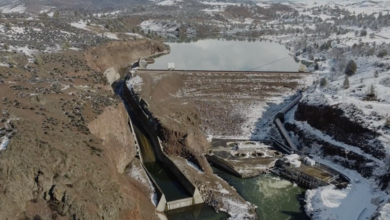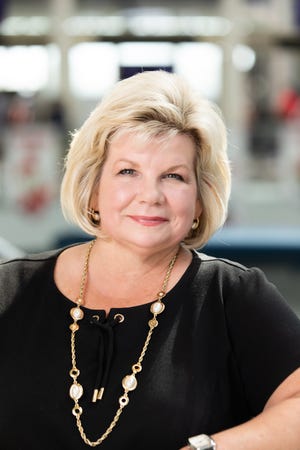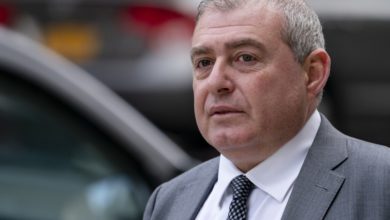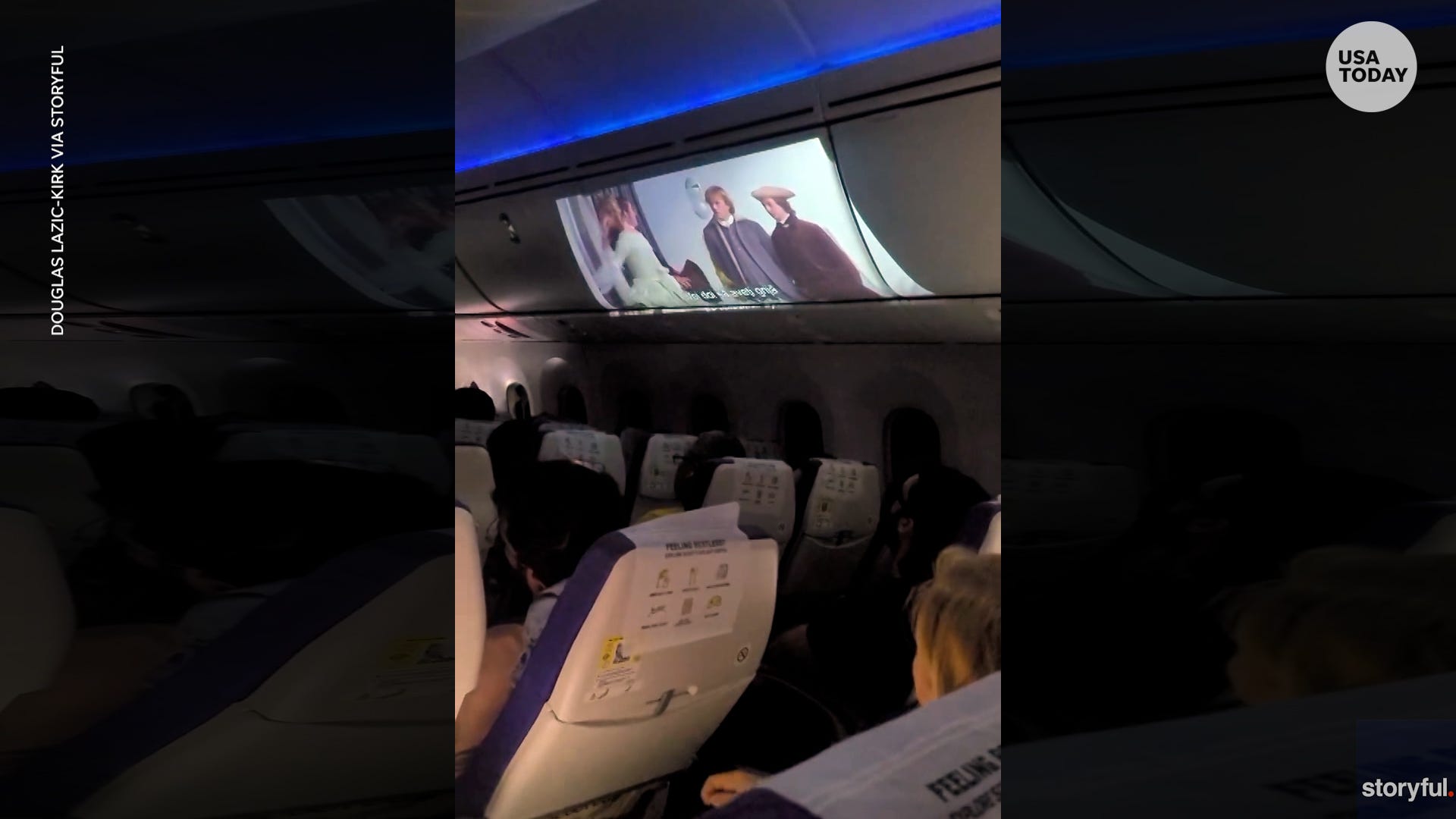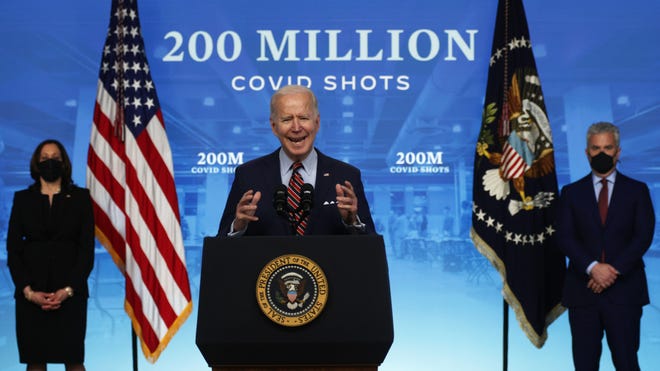
WASHINGTON – President Joe Biden wants 70% of U.S. adults to have at least one COVID-19 shot by July 4, a goal he announced Tuesday along with new steps to vaccinate harder-to-reach populations and preparations for vaccinating teenagers.
Today, about 56% of adults have received at least one shot.
The pace of vaccinations required to reach 70% is much slower than the speed with which the nation got to its current levels.
But vaccinators are now moving beyond the most vulnerable populations and those most eager to get vaccinated.
"There are millions of Americans who just need a little bit of encouragement to get the shot," Biden said. "We need you. We need you to bring it home."
Biden said the next phase could be even more challenging than initial efforts, which required purchasing enough doses for every American and setting up a massive distribution system.
"It's harder. It's beyond my personal control," Biden said of the need to now convince more people to get vaccinated.
In fact, most states appear to be at or near the point where supply is outstripping demand, according to an analysis released Tuesday by the Kaiser Family Foundation, a nonpartisan health research organization.
That's despite the fact that, in about 1 in 4 states, fewer than 50% of adults have received at least one shot. That's well below the level needed to drive down the risk of outbreaks.
The lowest rate, as of April 29, was Alabama's 41%. New Hampshire's 74% was the highest.
Of the dozen states where 60% or more of adults have already received at least one dose, eight are in the Northeast. Nine of the 13 states where less than 50% of adults have gotten a shot are in the South.
Tracking vaccinations by state:How many people have been vaccinated in the US?
Steps the administration is taking to boost vaccinations include:
- Directing most pharmacies participating in the federal vaccination program to offer walk-in appointments and encouraging states to do the same at state-run sites.
- Redirecting federal assistance away from mass vaccination sites and toward more pop-up and mobile clinics.
- Spending tens of millions of dollars on education and outreach campaigns through states, national organizations and community groups including those that work with underserved communities.
- Sending doses directly to rural communities. Rural health clinics and hospitals are also receiving hundreds of millions of dollars through the $1.9 trillion coronavirus relief package to boost their services.
The administration also told states on Tuesday that it will redistribute vaccine doses allocated to states if a state isn't able to use all of its share in a given week. States that want more can apply for any unclaimed amounts each week.

As the Food and Drug Administration considers whether to approve the Pfizer vaccine for those ages 12-15, the administration is getting ready to act.
“If that announcement comes, we are ready to move immediately,” Biden said.
About 15,000 pharmacies will be able to vaccinate teens. Doses will also be sent to pediatricians and family doctors.
The administration is "challenging" states to administer at least one shot to as many teens as possible by July 4, so they can be fully vaccinated by the time school starts in the fall. But the White House declined to say if there is a specific target.
Officials did stress that while Biden's 70% goal of adults is national, that should also be the target for individual communities. COVID-19's virulence will vary by community so local leaders should concentrate on getting as many people vaccinated as quickly as possible, they said.
More:When will everyone be vaccinated for COVID-19? Here's how the vaccine rollout is going
Some researchers say another 30 million to 40 million first shots could be enough for the United States to reach the point where COVID-19 cases are slowed enough to prevent large outbreaks.
The United Kingdom reached its tipping point when about 50% its residents received their first dose, said Dr. Monica Gandhi, an infectious disease doctor at the University of California, San Francisco. Cases there have fallen 10%, and deaths were down 31% in the past week.
In Israel, which at 60% has one of the world’s highest vaccination levels, COVID-19 cases are down to less than 1 person in 100,000.
Contributing: Elizabeth Weise.
Source link

